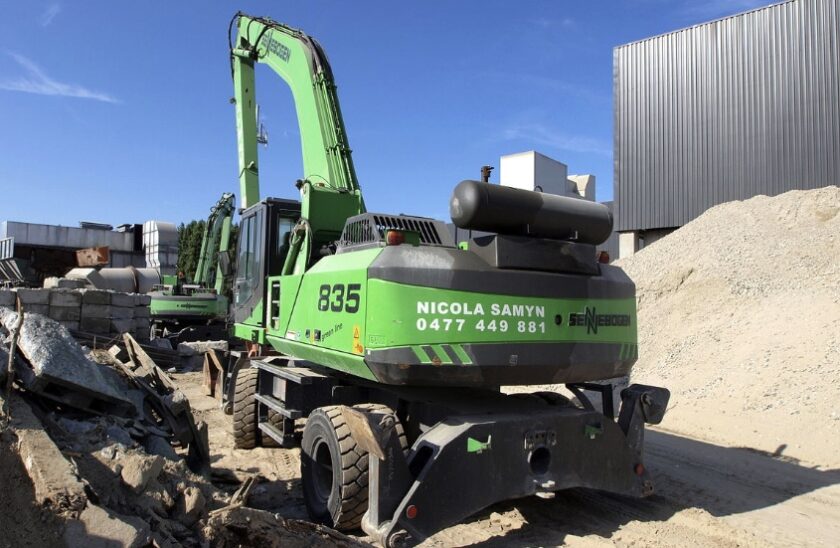7 Tips to Improve Safety with Used Materials Handling Equipment

In warehouse management and industrial work, materials handling equipment like forklifts and conveyor belts are essential for moving goods and materials safely and efficiently. However, when using used equipment, there’s a higher risk of accidents or malfunctions if safety isn’t a priority. In this article, you will learn the seven simple tips to help you improve safety when working with used equipment.
1. Thorough Inspection Before Use
The first step to ensure safety with a used materials handler is to inspect it carefully. Before using the equipment, check all parts, such as hydraulics, brakes, tires, and safety features like lights and alarms. Regular inspections help identify problems that could cause accidents. Also, refer to the manufacturer’s manual for maintenance instructions, especially for older models.
2. Invest in Regular Maintenance
Even older machines can still work safely if properly cared for. Have a qualified technician service the equipment periodically to check key parts like the engine, brakes, steering, and lifting mechanisms. Keep a log of repairs, upgrades, and performance to track the condition. By following a regular maintenance routine, the equipment’s life can be extended, and the chances of sudden breakdowns lowered.
3. Train Employees on Equipment Operation
Remember, it’s important to train employees on how to use used materials and handling equipment safely. Training should include how to operate the equipment, follow safety rules, and inspect it for problems. Employees should learn about the unique features of older machines, as older models are different from newer ones. Regular training and refreshers maintain safety and improve work efficiency.
4. Use Equipment Only for Its Intended Purpose
Used materials handling equipment is designed for specific tasks, so it should only be used for what it was made for. Overloading it, using it for something it wasn’t meant for, or trying to lift items that are too heavy can cause accidents and injuries. It’s important to know the equipment’s limits and stick to those limits. Make sure all operators understand how to adjust settings based on the load type and size.
5. Ensure Proper Safety Gear and PPE
Personal protective equipment (PPE) prevents injuries when using materials handling equipment. Workers should wear the right gear, like helmets, gloves, steel-toed boots, and high-visibility clothing, based on the task at hand. It’s important to use PPE with older equipment, as it may lack the safety features of newer models. Always remind workers to wear proper PPE and ensure it is well-maintained.
6. Implement Clear Safety Protocols
Keep in mind that setting guidelines for things like speed limits, lifting weights, and working in safe areas helps ensure safety. Employees should also know how to report equipment damage or safety issues. Regular safety meetings can remind everyone of the rules and why safety is important. Furthermore, when safety is a priority, employees are more likely to follow the rules and avoid unsafe actions.
7. Replace Parts as Needed
Regular maintenance can help extend the life of used equipment, but eventually, some parts will need replacement to keep the equipment safe. When parts like tires or belts become damaged, it’s crucial to replace the parts instead of using faulty equipment. Always get replacement parts from trusted suppliers. Replacing worn-out parts on time prevents accidents and ensures proper equipment function.
Protect Workers, Extend Equipment Life!
Safety should always come first when using materials handling equipment, especially older machines. To reduce risks, inspect the equipment regularly, maintain it properly, train employees, and follow safety guidelines. While used equipment can still be useful, taking these steps helps ensure safe operation. By following these tips, a safer workplace can be created, workers protected, and equipment life extended.
Spotted something? Got a story? Send a Facebook Message | A direct message on Twitter | Email: [email protected] Latest News








